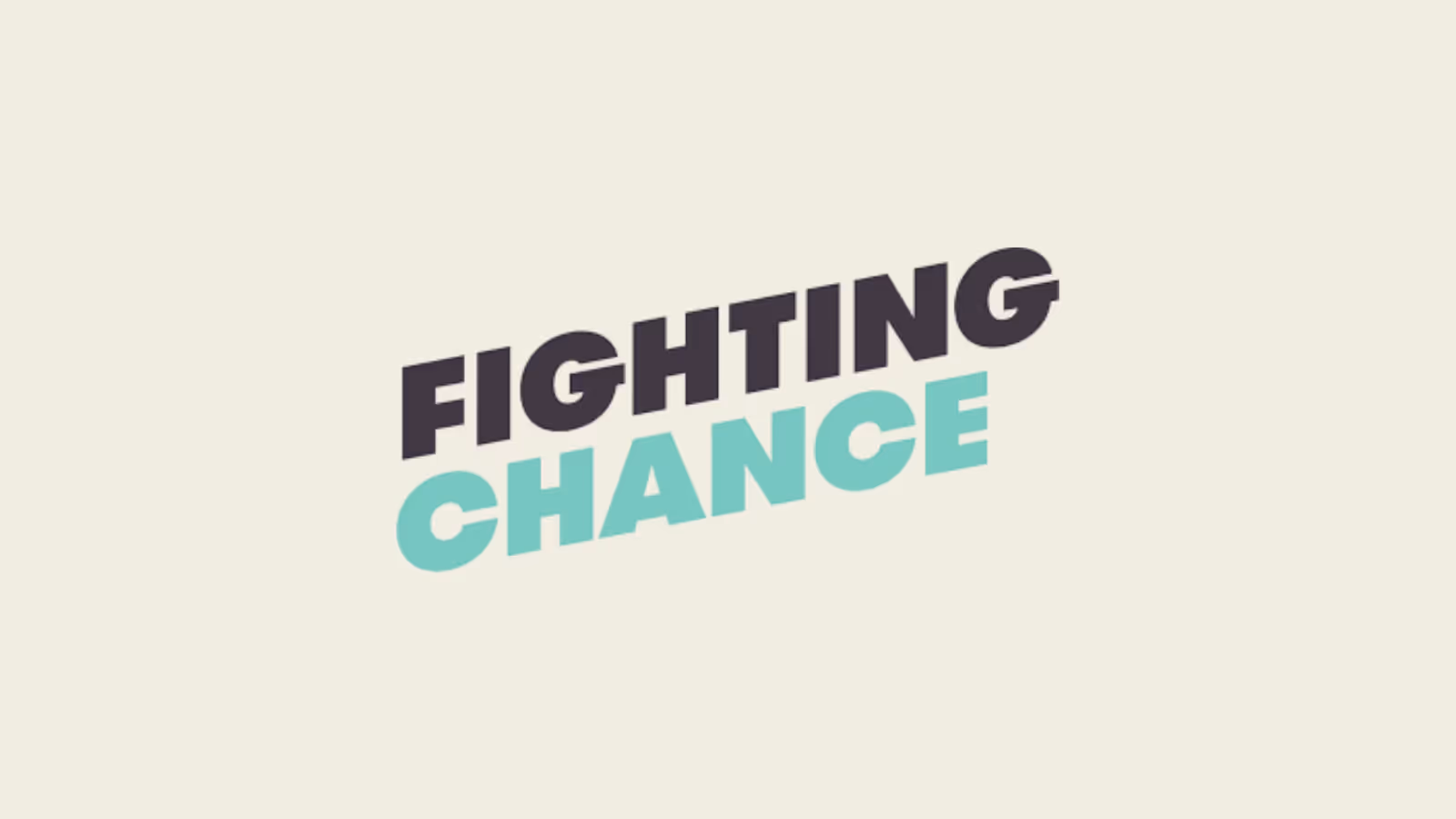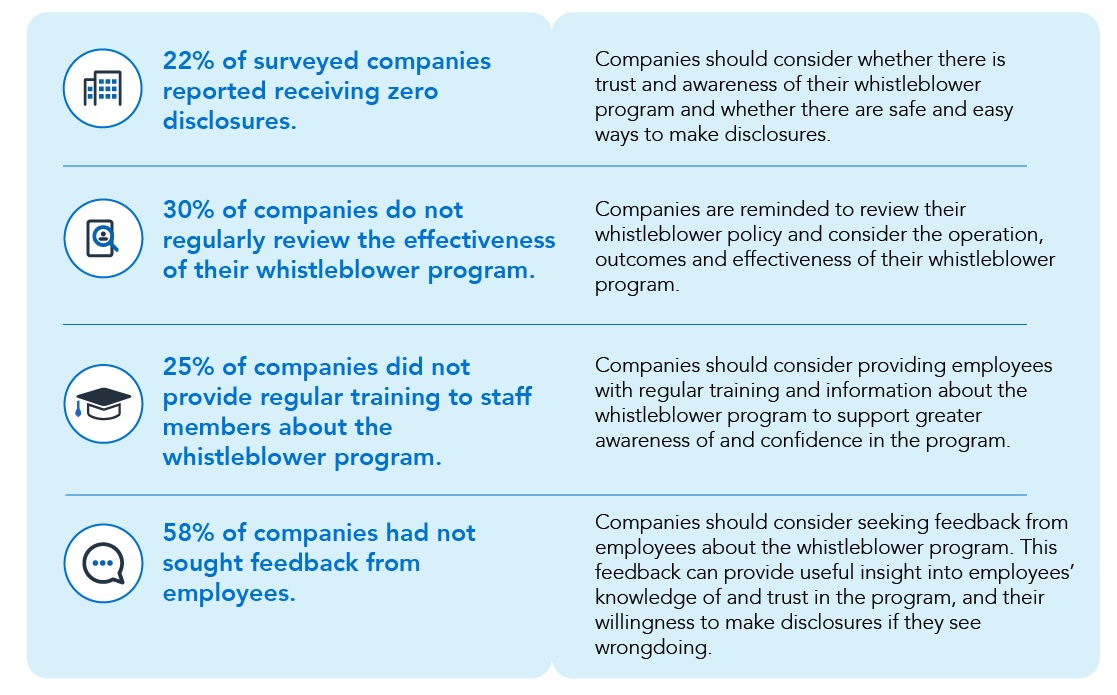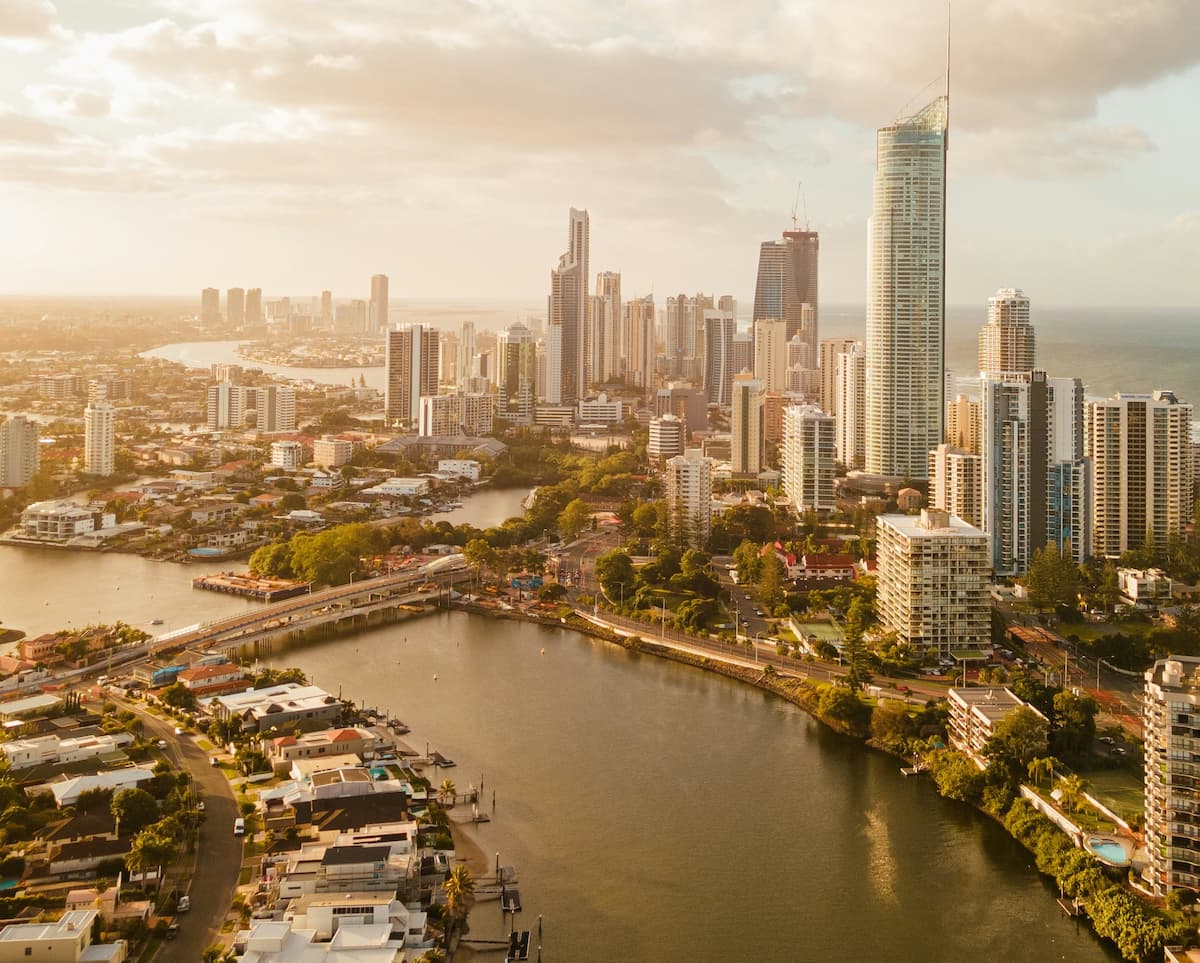Hostile Work Environments
Learn what makes a hostile work environment and how to prevent it.

This guide breaks down what a hostile work environment really means, how to spot the signs, and what you can do about it. Whether you’re dealing with it yourself or trying to prevent it in your team, we’ll cover the key risks, legal basics, and real-life examples—no fluff, just straight answers.
What Defines a Hostile Work Environment?
A hostile work environment is created when behaviour at work becomes repeatedly intimidating, offensive, or humiliating, making it difficult for someone to feel safe or do their job effectively.
It’s not just about isolated incidents — it usually involves ongoing patterns of disrespect, bullying, or exclusion that wear down a person’s emotional wellbeing.
This behaviour can come from anyone in the workplace — a coworker, a manager, or even a client or customer.
When left unchecked, a hostile environment becomes a serious psychosocial hazard, increasing stress, reducing productivity, and posing risks to both mental health and legal compliance.
Is it always about bullying or harassment?
Not always. It can also include:
- Exclusion or isolation
- Gossip or undermining
- Unreasonable workloads
- Public humiliation
- Retaliation for complaints
Examples Of What Hostile Work Environments Look Like
Example 1:
The Isolation Trap
Julia is excluded from key meetings by her team lead. Her ideas are dismissed, and she’s never invited to team lunches. Over time, she begins to dread coming to work and struggles with anxiety.
This is a psychosocial hazard linked to interpersonal conflict and social exclusion.
Example 2:
Death by Deadlines
Sam is repeatedly given unrealistic workloads and pressured to work overtime without support. When he speaks up, he’s labelled “not a team player.”
This represents job demands and poor support — both key psychosocial risk factors.
Is a hostile work environment illegal in Australia?
Yes—while the term “hostile work environment” isn’t used in Australian legislation, the behaviours that create one often breach existing workplace laws.
- Bullying and harassment are banned under the Fair Work Act
- Employers must manage psychosocial risks under WHS laws
- Discrimination and sexual harassment are unlawful under federal and state laws
Put simply, if a workplace is toxic enough to cause harm, there are legal pathways to address it — and employers have a responsibility to act before it gets to that point.
What Can Employers Do to Prevent Hostile Environments?
- Conduct psychosocial risk assessments to identify issues like bullying, exclusion, or unreasonable demands.
- Provide regular training so staff understand respectful behaviour and their role in maintaining it.
- Implement clear mental health policies and workplace reporting procedures that are easy to follow and taken seriously.
- Foster a culture of inclusion, trust, and psychological safety—not just rules, but real values.
- Act quickly and fairly on complaints, with transparent investigations and appropriate follow-up.
What’s the difference between “tough management” and bullying?
Reasonable performance management isn’t bullying—if done fairly and respectfully. Bullying involves repeated unreasonable behaviour that humiliates or undermines.
Can remote workers be in a hostile work environment?
Yes. Exclusion, micromanagement, excessive monitoring, or unrealistic expectations over email/Zoom can all create psychosocial risks remotely.
Final Thoughts
A hostile work environment isn’t just “drama”—it’s a psychosocial hazard with serious mental health, legal, and business implications. Understanding the signs and acting early can protect both employees and organisations.
Related Content

Hello 👋 I’m Joel the founder of Foremind.
Are you ready for simplified support & compliance?
Latest insights
Answers to the frequently asked questions.
Still have questions?
Email us at enquiries@foremind.com.au and we'll get back to you quickly with a response
Yes, we have culturally competent counsellors available, including those able to work with first nation and CALD employees.
Onshore on secure AWS Servers in Sydney Australia. All data is encrypted in transit and at rest and our entire team is located in Australia.
Employees can access our platform on any device (mobile, laptop, desktop, etc.) as long you have the website link - no need to download any app on devices. You wouldn’t need to enrol any of your staff individually.- When we do our onboarding, we ask for the first name, last name and email of all your employees, and send out an email invite to all them which will allow them to create their own individual account to access the platform. For new staff we can also invite them or provide you with a unique link to embed in your onboarding process, whichever is more convenient for you. We also kick things off with a launch webinar or video to make sure everyone is aware of Foremind and how to use it. We’ll also provide you with any collateral such as posters, QR codes, brochures etc. to help drive awareness and encourage people to create an account in the platform.
The support line is answered by our reception service 24/7. It is for urgent platform or session-related issues only (e.g. *“My counsellor didn’t show”*) or helping staff create an account.






